|
Home security is important to people living in the city.
We lock our front door; we lock our back door; we lock our garage door. We have bars in our sliders. We set alarms. Some of us can even see who is at our front door with our phone. We have lights all around our property. In luxury neighbourhoods there are security patrols. Protecting our fortress from intrusion is a priority. Bringing a similar mindset to providing security for commercial and industrial buildings protects your investment and makes them more attractive to tenants. Although in that case your family is not at risk if there is a break in, it is prudent to do everything you can to prevent theft, property damage, vandalism, graffiti and other problems from affecting your property. Up north, we have a number of systems designed to secure our building. The first is a FOB system that opens the doors at a set time each day and locks them at a set time each afternoon or evening. This is an efficient system when it works and we have found some competent suppliers who can fix it when it doesn't. The benefit here is that we can program the system to stay closed on holidays and long weekends. We can also monitor who is entering at which times based on the codes on each individual FOB. Thus if we no longer want someone to have access we can just disable their FOB. The second system is that we have a number of doors that are locked all the time. Our tenants must have a key to enter those doors. The general public cannot enter through that area. This is a recent change. We used to have doors that you could unlock and leave open, but the challenge was that our tenants would enter through that door but might exit through a different door and hence the entry door would remain unlocked. The change over to doors that automatically stay locked all day has eliminated that problem. The third measure of security we provide is a night watchman who lives on site. He is always there and can advise us if there is any unusual activity occurring in the building at night. The building has automatic motion lights inside so if there is any movement the lights come on, which triggers an inquiry into what is happening. The fourth measure of security is a security patrol that checks that all doors are secured each night. This is a fail safe as the security person alerts us to any problems that are occurring on a regular basis, like doors being unlocked at night, allowing us to devise a solution to correct that problem. The patrol also lets us know if any of our security measures are not working for any reason. It gives peace of mind that everything is safe and secure for the evening. The final measure is ample lighting around the building all night long, discouraging any illicit activity. Thus far the above measures have made the building safe and secure, providing peace of mind to the owners and a feeling of comfort to our tenants.
0 Comments
You notice the absence of light. You notice darkness. And darkness creates fear and uncertainty around a building and also encourages theft and illicit behaviour.
I remember in a prior life owning a building on Jarvis Street in Toronto. There was an alleyway that was dark at night and the darkness in that location formed a perfect place for prostitution and drug use. We tackled the problem by adding flood lights with cages around them. All of a sudden night was as bright as day and the night action ended. This summer at my family's Muskoka building, one of our tenant's landscape trailers was stolen at night. According to the O.P.P. there were a number of similar thefts in the area. We have tried to tackle the problem by ensuring that all of our exterior lights are working and are bright. Those exterior lights include lights above doorways, flood lights mounted on the building, motion sensors, and bright light standards in the parking lot. We also have security routines at night. Each night we conduct a security patrol to ensure that all doors are locked and all lights are working. We also have a night watchman that lives on site along with video monitoring at each of the doors. One of our neighbours who plans to grow marijuana pursuant to a federal license intends to have 24 hour video monitoring to ensure his building's security. By ensuring that your building is brightly lit at night and by implementing security measures, you can discourage most forms of illicit activities. There are many ways a building can be powerful.
A building can be imposing. It can be famous. It can represent something bigger than itself. It can be iconic. Or it can be powerful in the literal sense. My family's Muskoka property is powerful in the literal sense. The first way it is powerful is that it has 75,000 square feet of solar panels on the roof. Ontario Power Authority, now called IESO, approved this installation which became live in December 2014 under a 20 year contract whereby it sells power to the grid at 71.3 cents per KW hour. That installation can power a significant portion of our building's power needs at the end of the 20 year contract. The second way in which the building is powerful is in its supply from the grid. We have a transformer that provides 3 Megawatts of power to the building. That is enough juice to run the Bracebridge hospital. The building used to be a large automotive manufacturing plant running a hundred machines and employing three hundred people. That sort of use required a ton of power. Most manufacturing has left the province so the power currently goes underutilized. If a data center, a call center, a battery generation company, or another large user of power ever wanted to be a tenant in the building, it would be perfect for them. There is a cost to the inability to use all the power. Our efficiency factor with Lakeland Power is below the target, thus costing us more in electricity than we actually use. All in all, though, knowing that we can power any type of tenancy without difficult does provide some comfort. Powerful buildings can accommodate power hungry tenants. How do you deliver milk? What about large furniture or large windows and doors? And what if you want to store a large excavator in the building or a dump truck?
I never realized before how important dock-level doors and drive-in doors were. At my family's building in Muskoka, we had seven dock level doors and eight drive in doors when it was purchased. That sounded like a lot to me when I was first involved with the building, but amazingly we needed to add a ninth drive-in door this past spring and need to add a tenth drive-in door this coming spring to accommodate all of the deliveries and pick ups to and from the building. We have a milk producer who uses our property as a transfer station, bringing its large truck from the north, docking it, then shuttling the milk products into the smaller truck that is responsible for local deliveries to Muskoka. We have a delivery company that needs two dock doors for six months of the spring and summer to handle the overload volume of deliveries to Muskoka that occur in the summer. We store large boats, dump trucks, trailers and cars, all of whom drive into the building for the winter. All of our locker tenants drive into the building when they are moving in so they can facilitate easy loading and unloading in any weather. We have two doors that can accommodate a transport truck actually driving into the building. We have a courier company that needs two docks to facilitate their deliveries. A food delivery company needs its vans to drop off and pick up frozen meat. A magazine publisher uses a drive in door to load and unload their vans and a dock level door for delivery of the magazines to our building. A car rental company uses a drive in door to wash their cars. Our trailer rental company drives the trailers in to the building for enhancement or repair. Our food truck stores his truck in the property. And as we fill the building, more and more tenants want to use the doors. The building doors are where the activity occurs. The interior of the building is quiet. Once things come into the building, there is little noise or activity. The action is in the bringing in and taking out of items from the building. I now understand and appreciate the value of many dock-level and drive-in doors in a building. It makes me happy when my house is clean. This is not a common occurrence. Perhaps I can blame part of that on the fact that I have four young children, Nonetheless, on the rare occasions that all of us have picked up our items and the kitchen is clean and the floors are swept, the house feels really good.
It is similar with a commercial building. At my family's building in Muskoka, we have a cleaning machine that mimics a zamboni at an ice rink. It wets and scrubs the industrial floor to clean it and after a cleaning the warehouse floors come close to shining. We try to clean the warehouse floor at least once a week. We also pay for a cleaning lady to clean the common areas of the building, including the hallways and bathrooms, at least once a week to ensure that the office space remains free of dirt and tidy. Our tenants appreciate working in a clean, organized building and most of the time we are proud of how the building looks. In my view it is a good idea to always keep control of the cleaning for your building. Some landlords farm that responsibility out to tenants, and that is fine as it relates to tenant's own areas but any areas that are common should be controlled by the landlord in my opinion. It is the landlord's building and it is in the landlord's interest that the building always show as well as possible. Cleaning is a relatively minor expense in the grand scheme of things but a clean building sends a clear message that a landlord cares about his or her property. A clean work environment enhances everyone's enjoyment of the space. |
Norma WaltonEntrepreneur and mom to four amazing kids New Day
Q: Why did the can crusher quit his job?
A: Because it was soda pressing. www.laughfactory.com Archives
February 2024
Categories
All
|
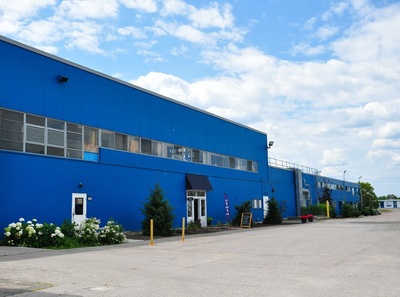
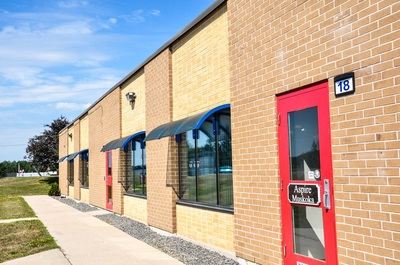
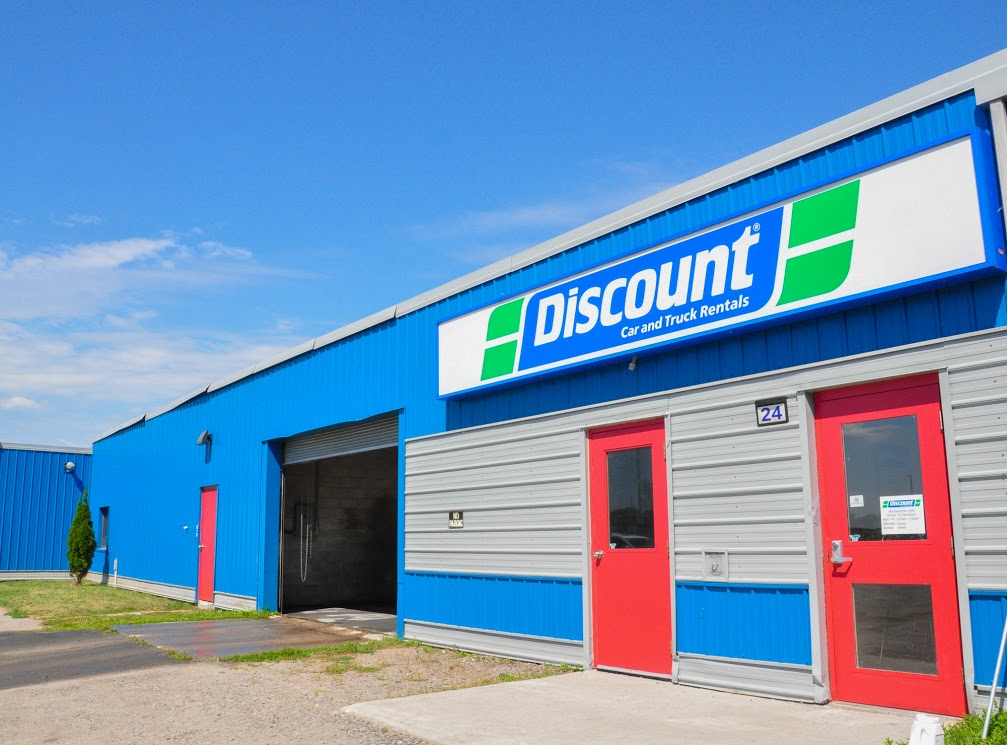
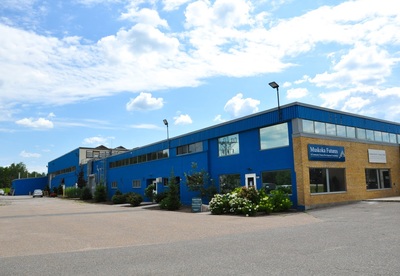
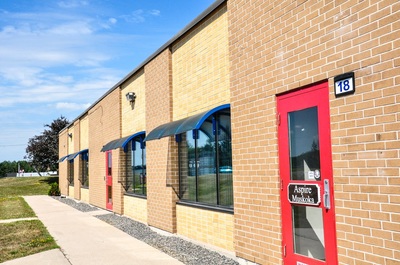
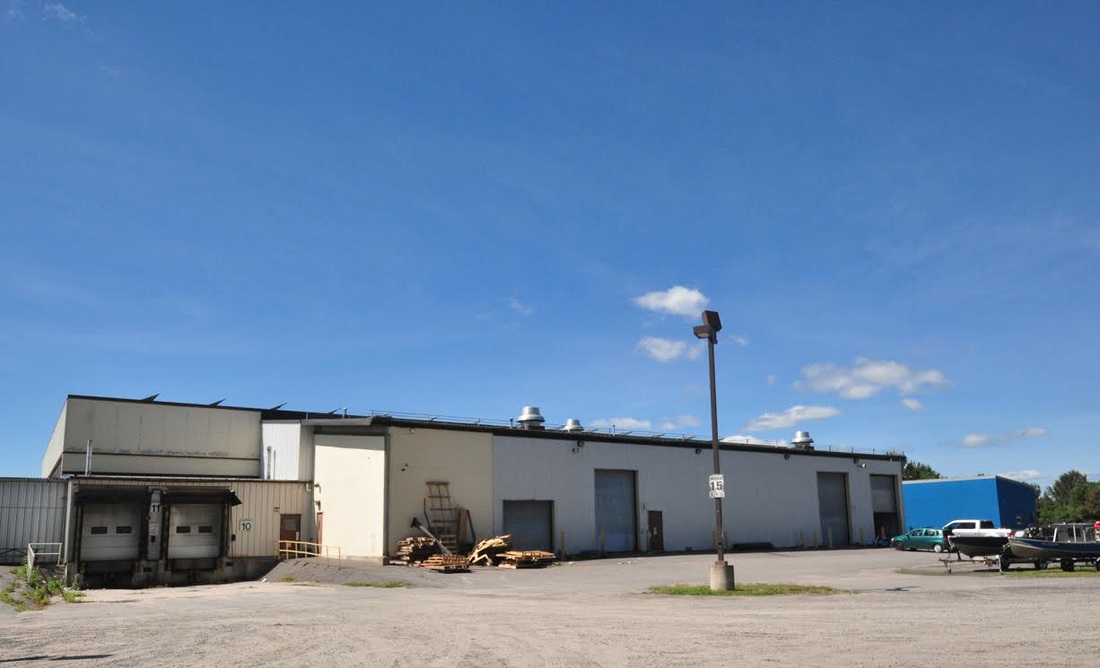
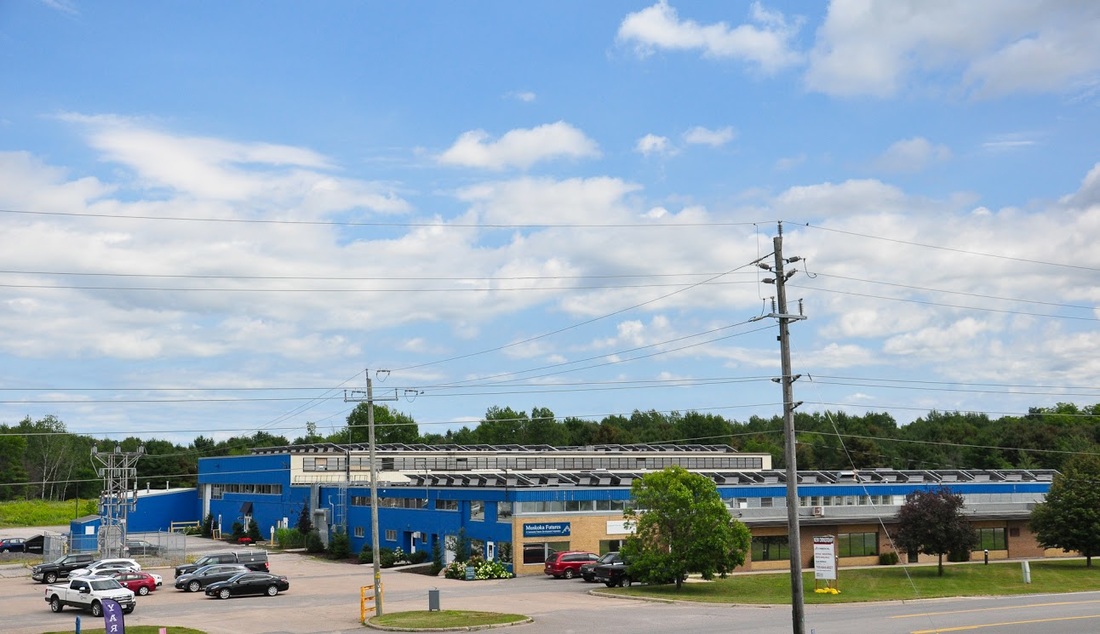
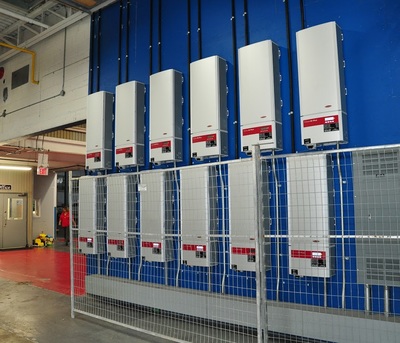
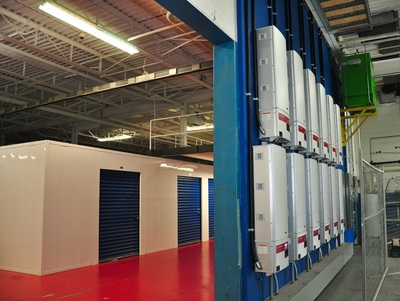
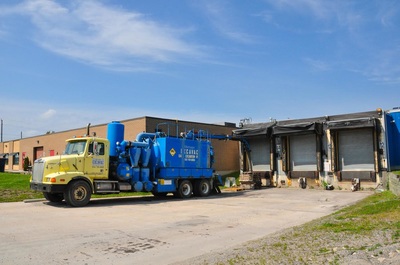
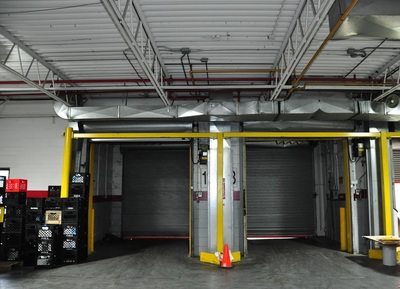
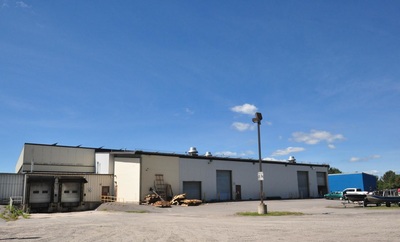
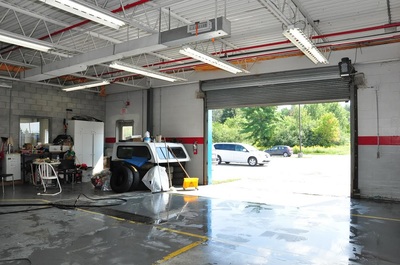
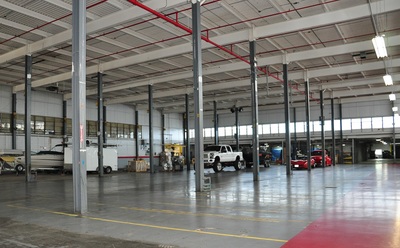
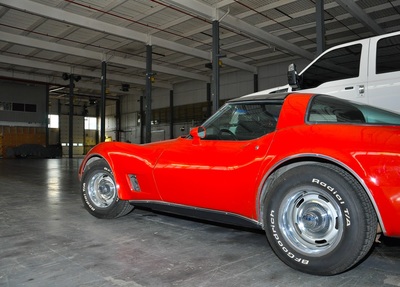
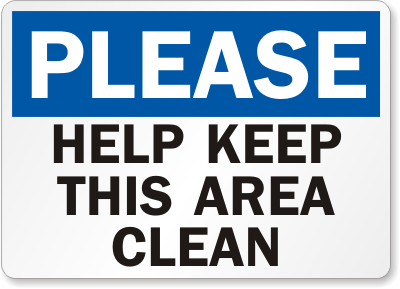
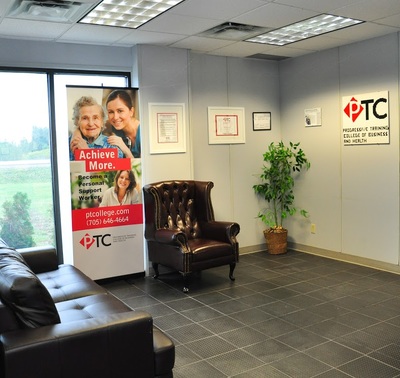
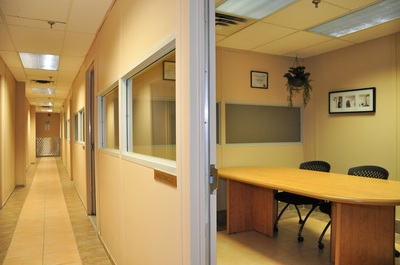

 RSS Feed
RSS Feed